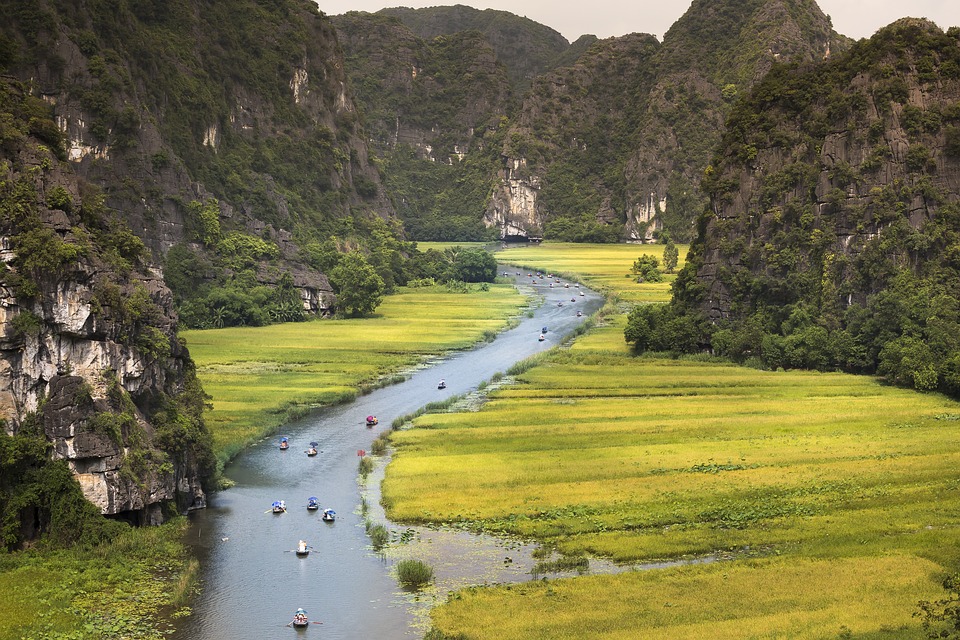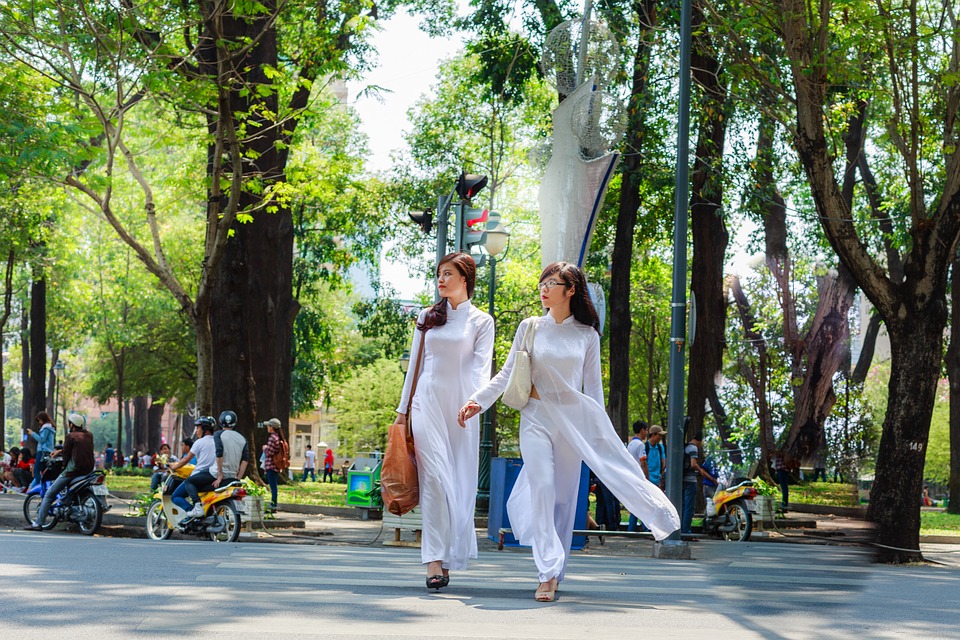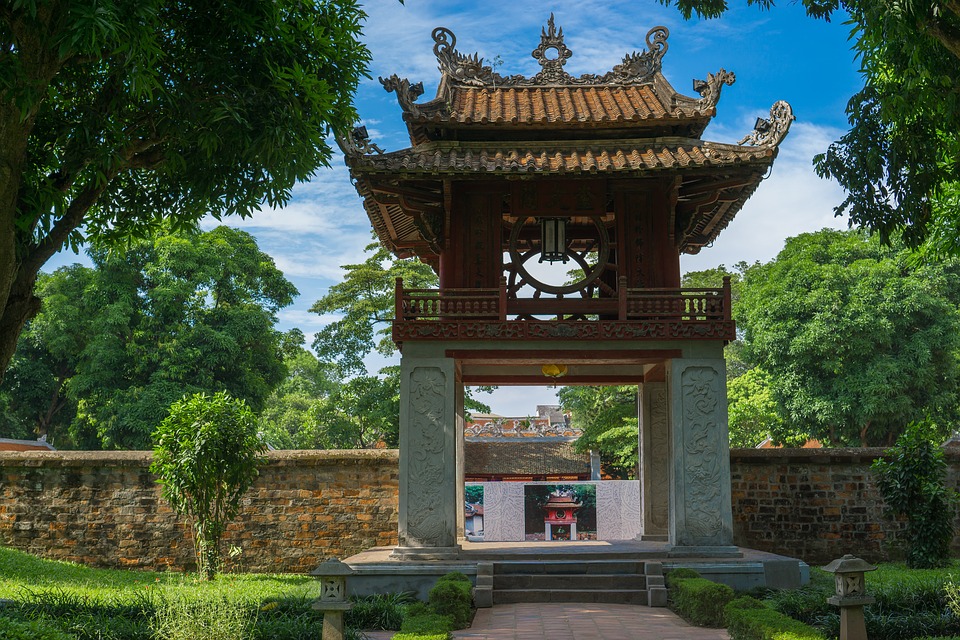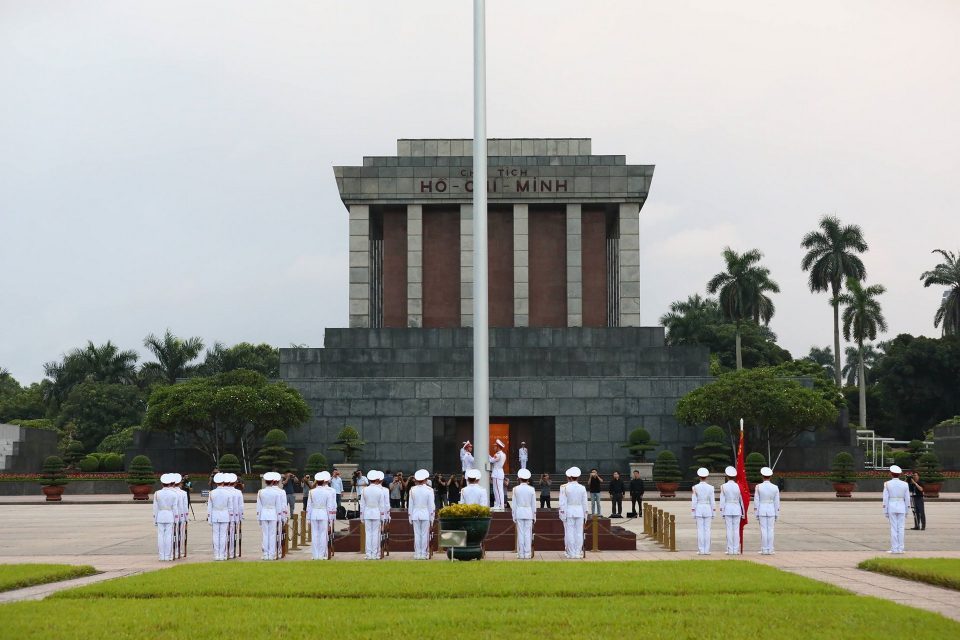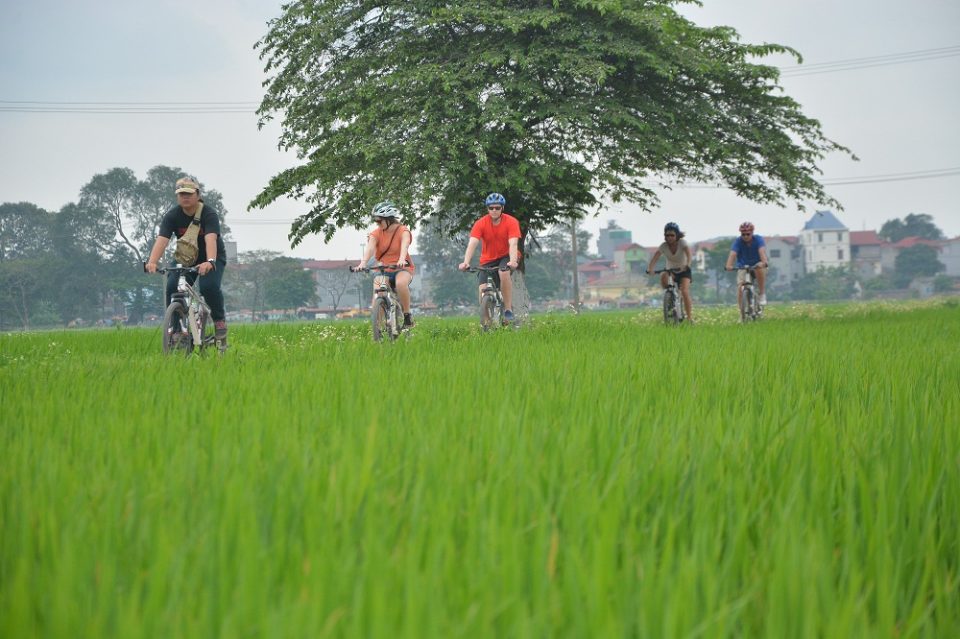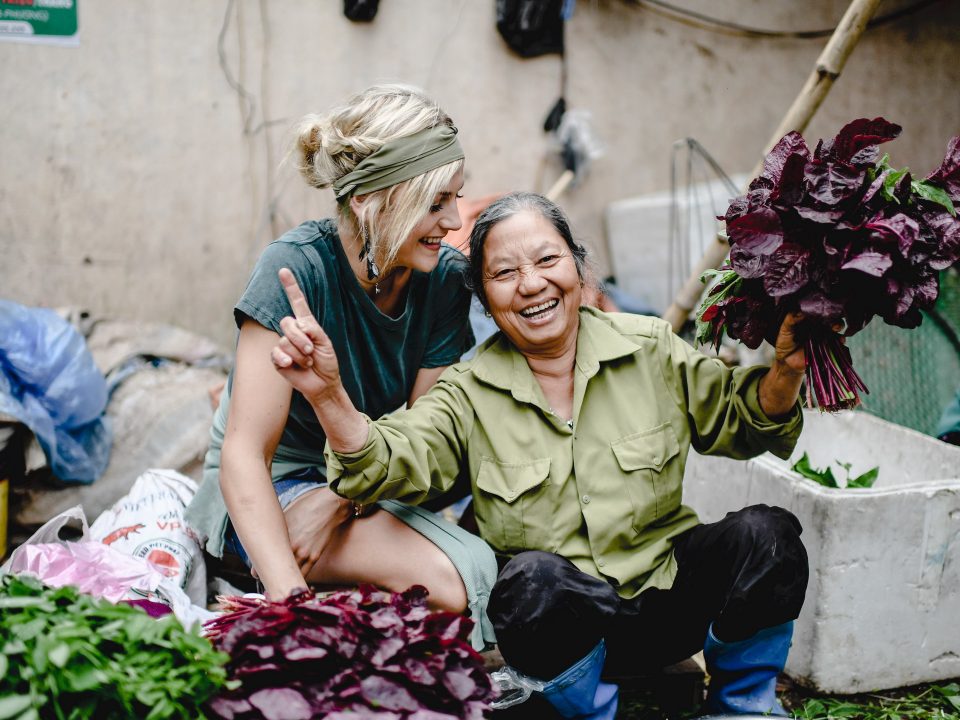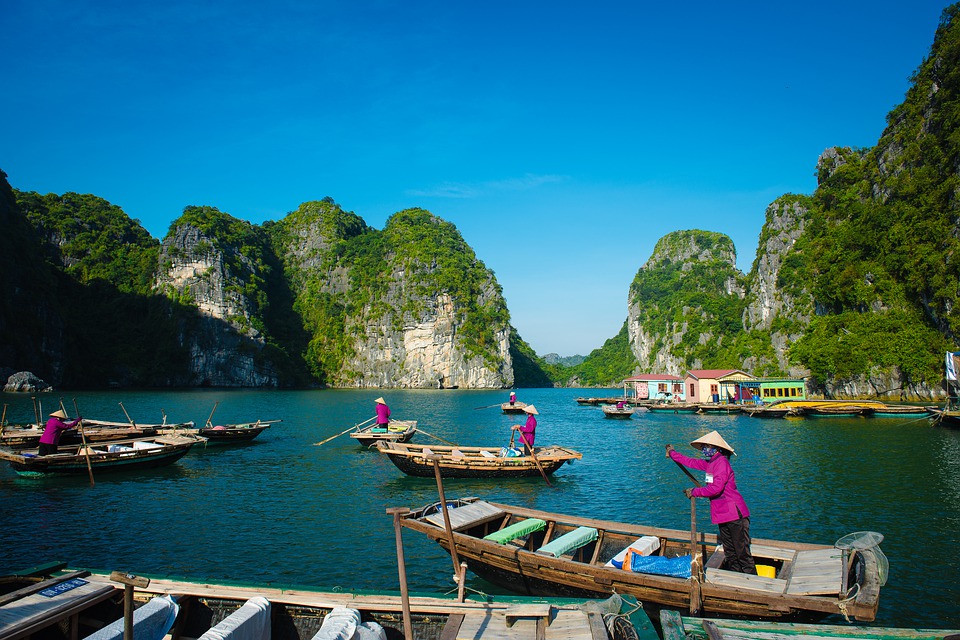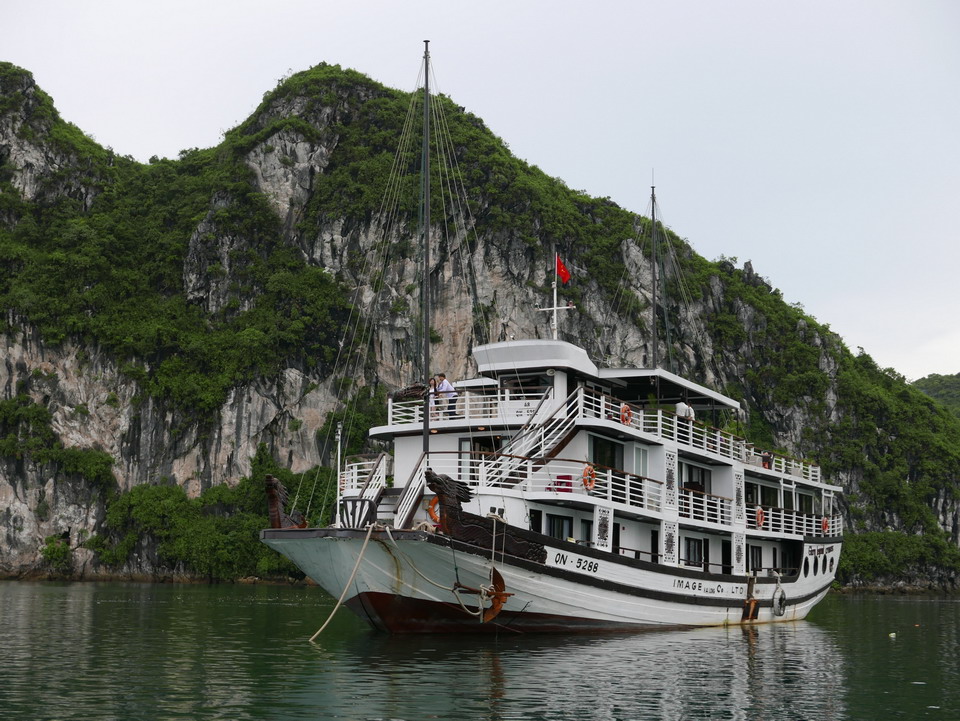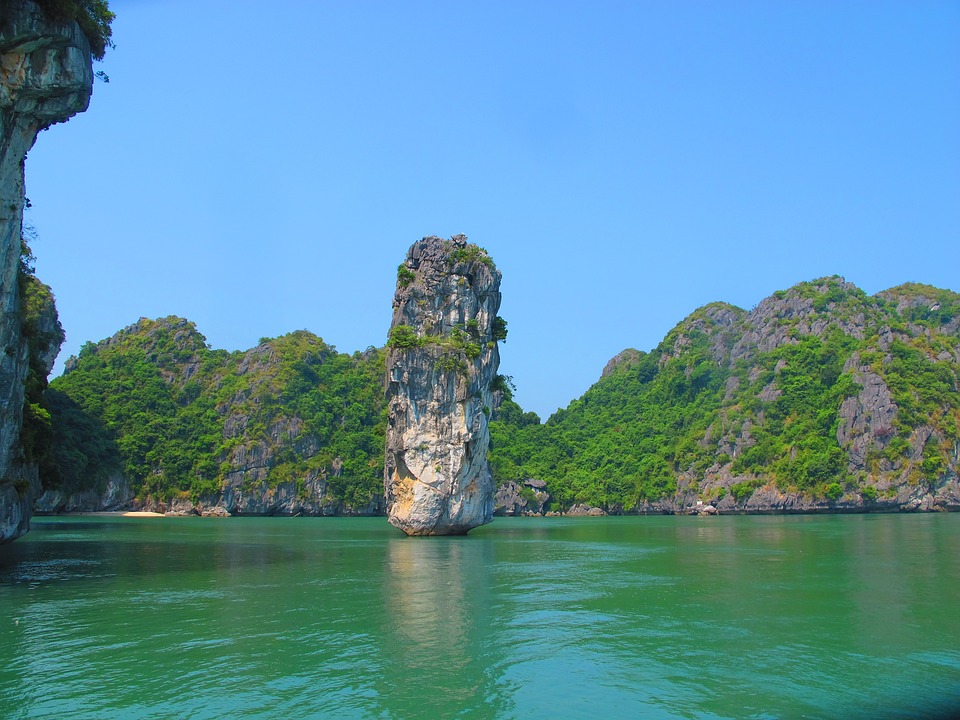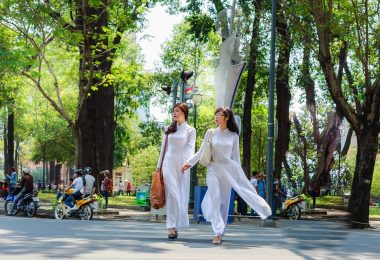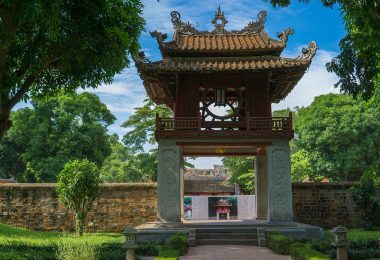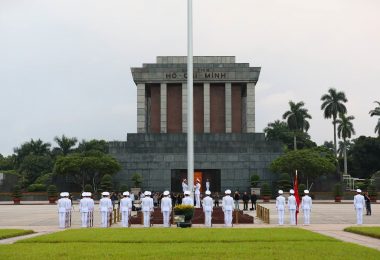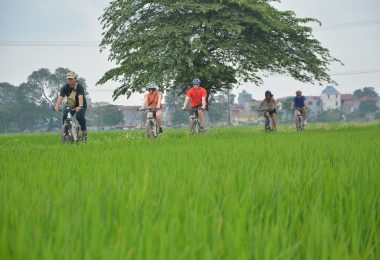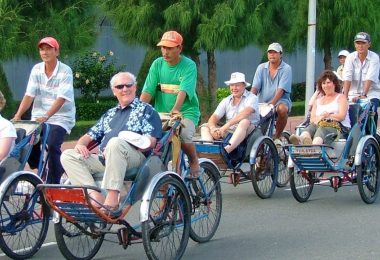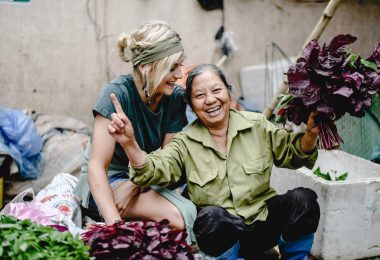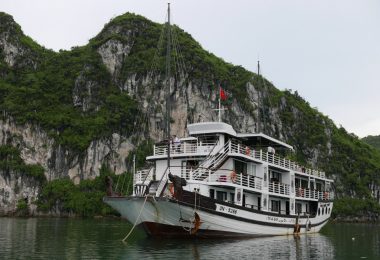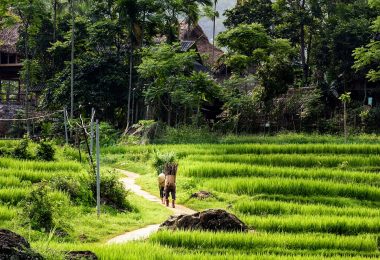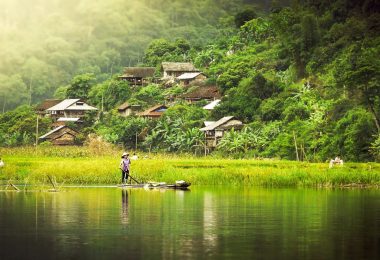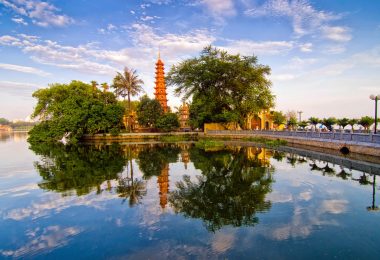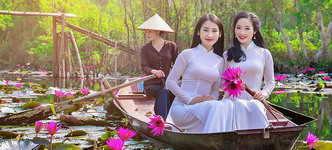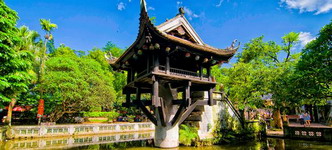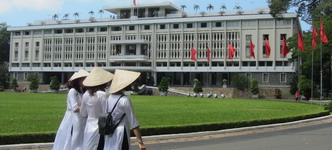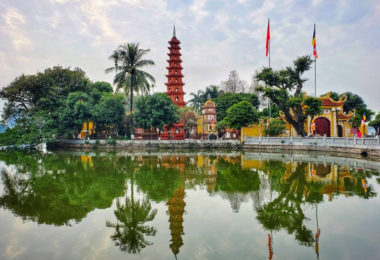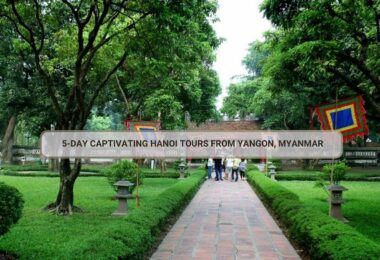Learn what not to wear in Hanoi to respect local customs and stay comfortable while visiting the city’s cultural attractions.
Revealing Clothing
Revealing clothing refers to garments that expose a significant amount of skin or cling tightly to the body, highlighting the wearer’s figure. This type of clothing often includes items such as short skirts, shorts, tank tops, low-cut tops, crop tops, and any other attire that might be considered too revealing for certain cultural or social contexts, not to wear.
Examples of revealing clothing:
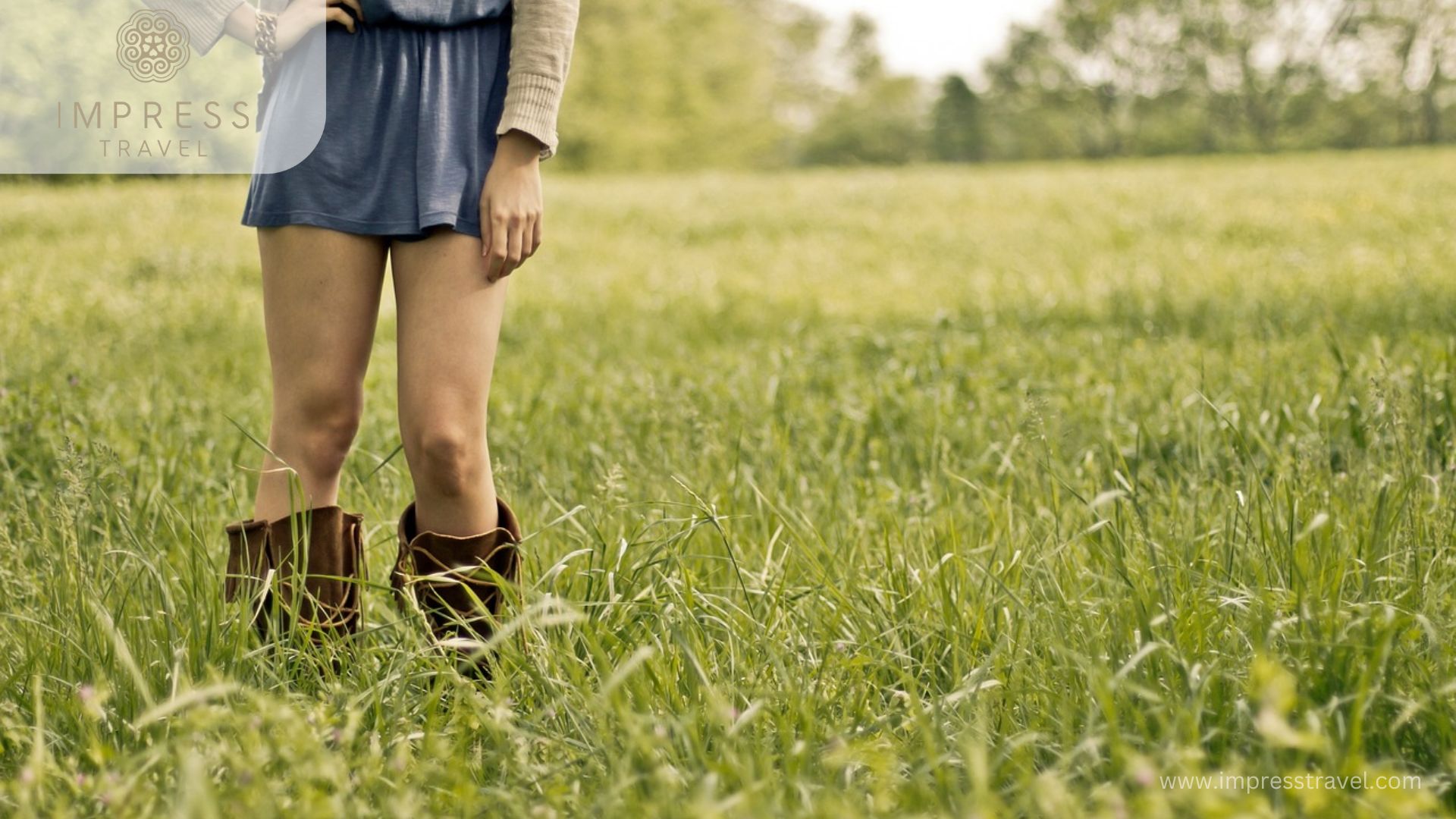
Avoid wearing short skrits
- Short Skirts and Shorts: Skirts or shorts that are significantly wear above the knee.
- Low-Cut Tops: Tops that expose a considerable amount of the chest or cleavage.
- Tank Tops and Sleeveless Shirts: Tops that leave the shoulders and upper arms exposed.
- Crop Tops: Shirts that expose the midriff or stomach.
- Tight-Fitting Clothing: Garments that cling to the body and outline the shape prominently.
Why you should not wear:
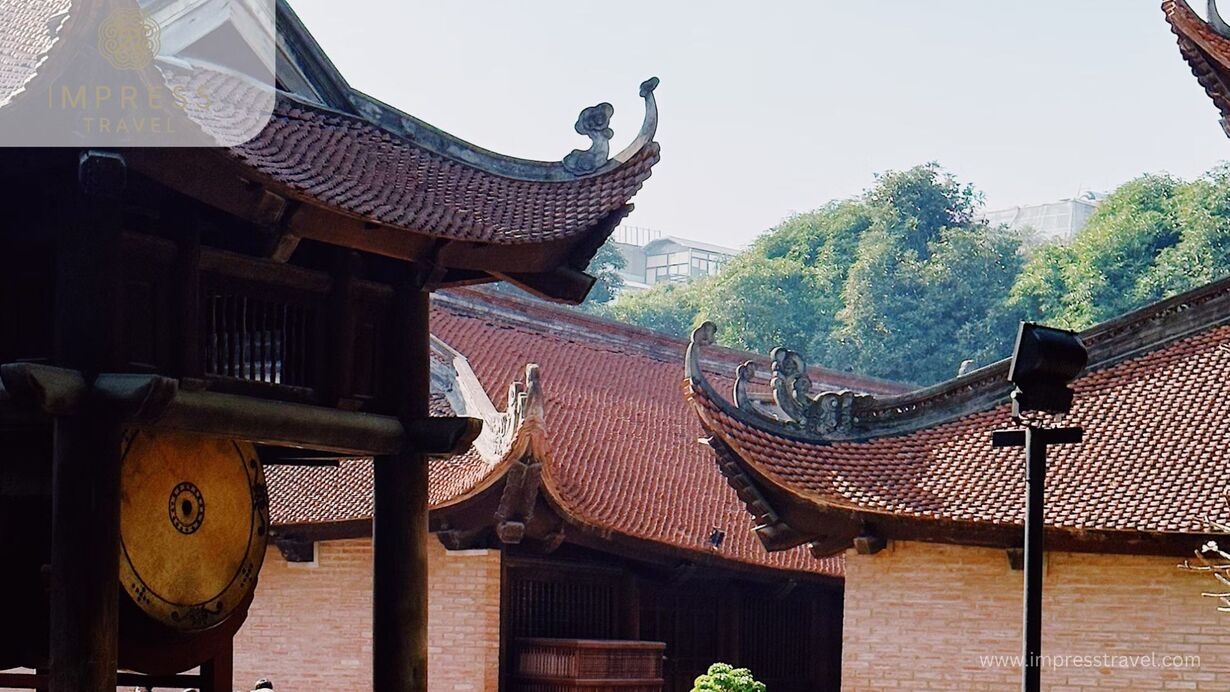
Vietnamese culture
- Cultural Sensitivity: Hanoi is a city with deep-rooted cultural and religious traditions. Wearing revealing clothing, such as short skirts, tank tops, or low-cut shirts, may be considered disrespectful, especially when visiting temples, pagodas, and other sacred sites.
- Modesty Norms: Vietnamese culture values modesty, and wear conservatively is a sign of respect.
You should dress modestly in Hanoi:
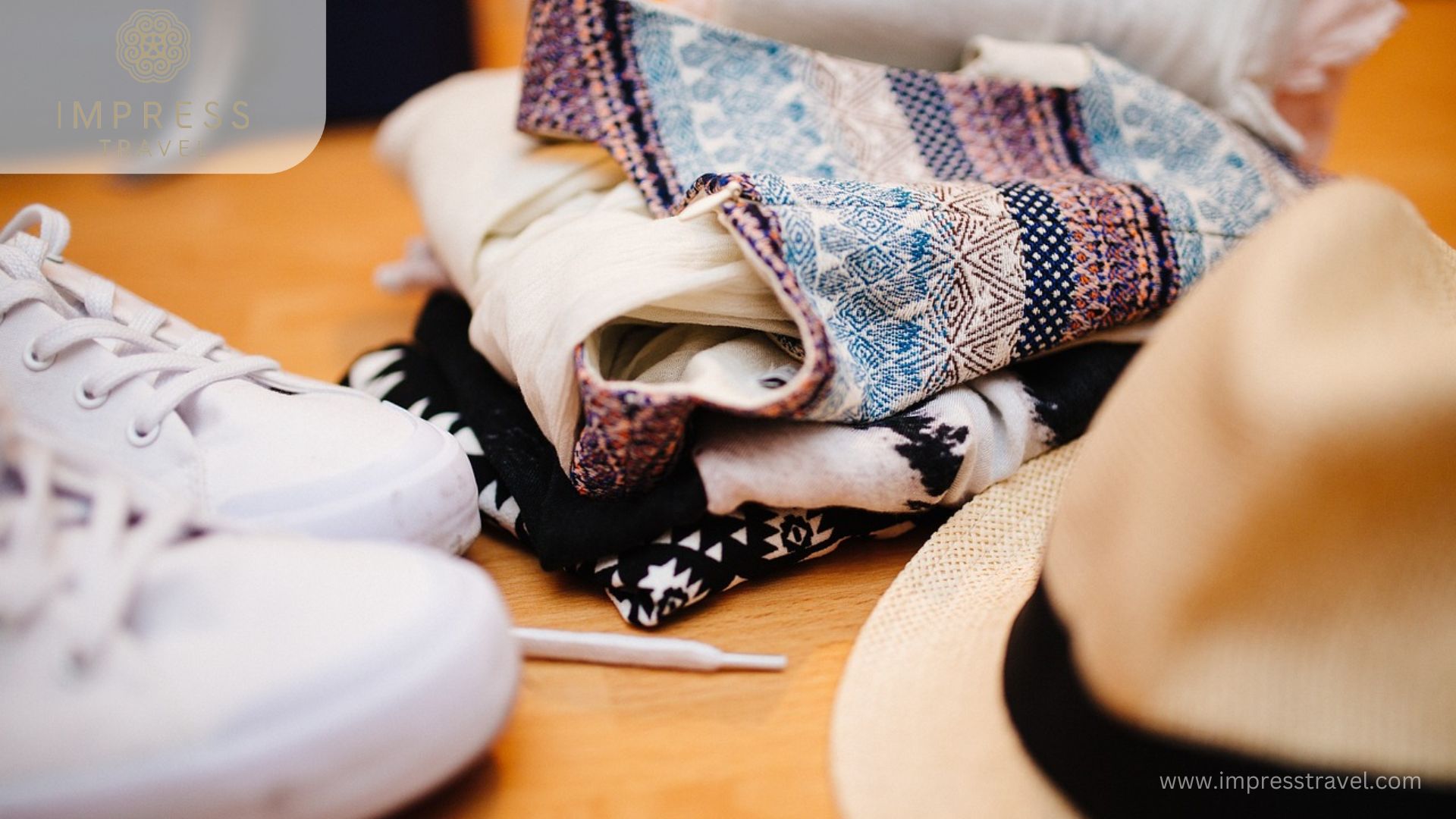
Comfortable clothing
- Layering: Carry a lightweight shawl or scarf to cover up when needed. This is particularly useful for visiting religious sites.
- Loose-Fitting Clothing: Opt for loose-fitting clothes made from breathable fabrics like cotton or linen, which provide comfort in the humid climate while covering your body adequately.
- Neutral and Muted Colors: Wear neutral or muted colors can help you blend in more easily and avoid drawing unnecessary attention.
- Long Pants and Skirts: Opt for pants, long skirts, or dresses that cover your knees when visiting temples and other religious sites.
- Short-Sleeved or Long-Sleeved Tops: Choose tops that cover your shoulders. Carrying a lightweight scarf or shawl can also help you cover up when needed.
- Comfortable Footwear: Some temples require you to remove your shoes before entering, so wear shoes that are easy to take off and put on.
Heavy or Thick Fabrics
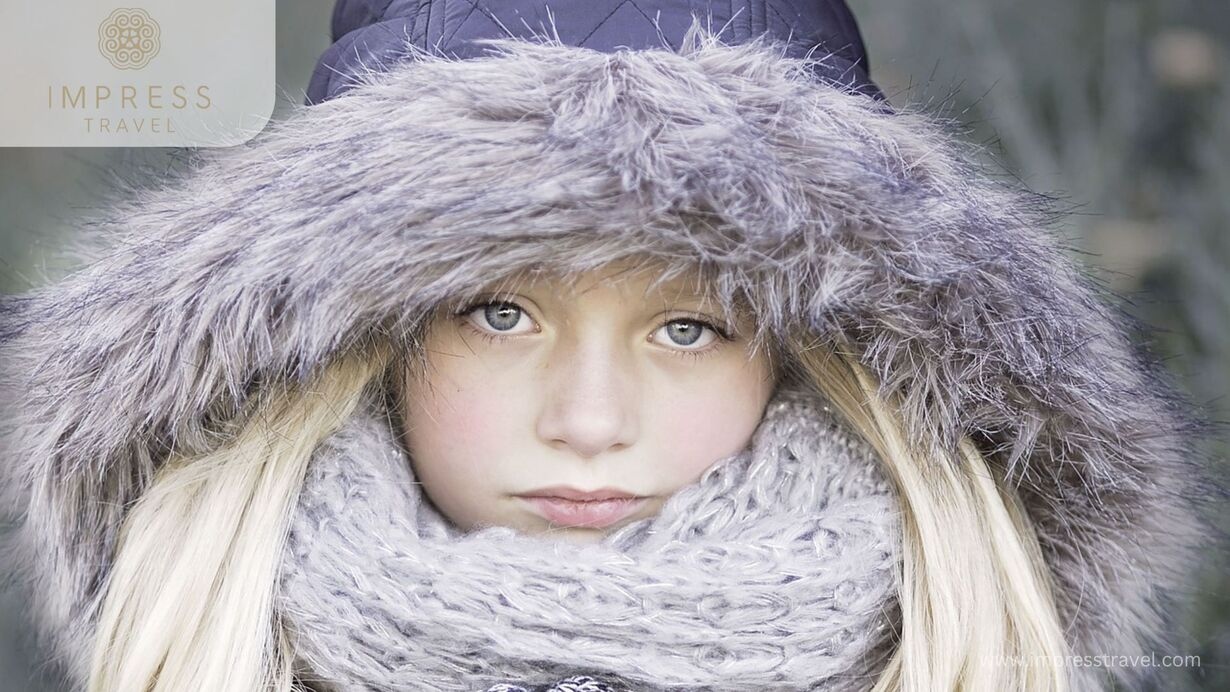
Heavy or Thick Fabrics
Heavy or thick fabrics refer to materials that are dense and have substantial weight, often making them less breathable and more insulating. These fabrics are typically used in colder climates to provide warmth but can be uncomfortable in hot and humid environments like Hanoi.
Examples of Heavy or Thick Fabrics:
- Wool: Known for its insulating properties, wool is great for keeping warm but can be too hot and heavy in warmer climates.
- Denim: Often used in jeans and jackets, denim is a sturdy and relatively heavy fabric that can be uncomfortable in humid conditions.
- Corduroy: A durable fabric with a distinctive ribbed texture, corduroy is thicker and can be too warm for hot weather.
- Leather: While stylish and durable, leather is heavy and not breathable, making it a poor choice to wear for hot and humid climates.
- Heavy Cotton: Thick cotton fabrics, like those used in some sweatshirts and pants, can be stifling in warm weather.
Why to Avoid:
- Climate Considerations: Hanoi has a humid subtropical climate, with hot and humid summers.Wearing heavy fabrics can make you feel uncomfortable and overheated. Opt for lightweight, breathable materials like cotton or linen to stay cool.
- Ease of Movement: Lighter fabrics also allow for better movement and comfort to wear, essential for exploring the city’s many attractions.
You should wear lightweight and breathable fabrics:
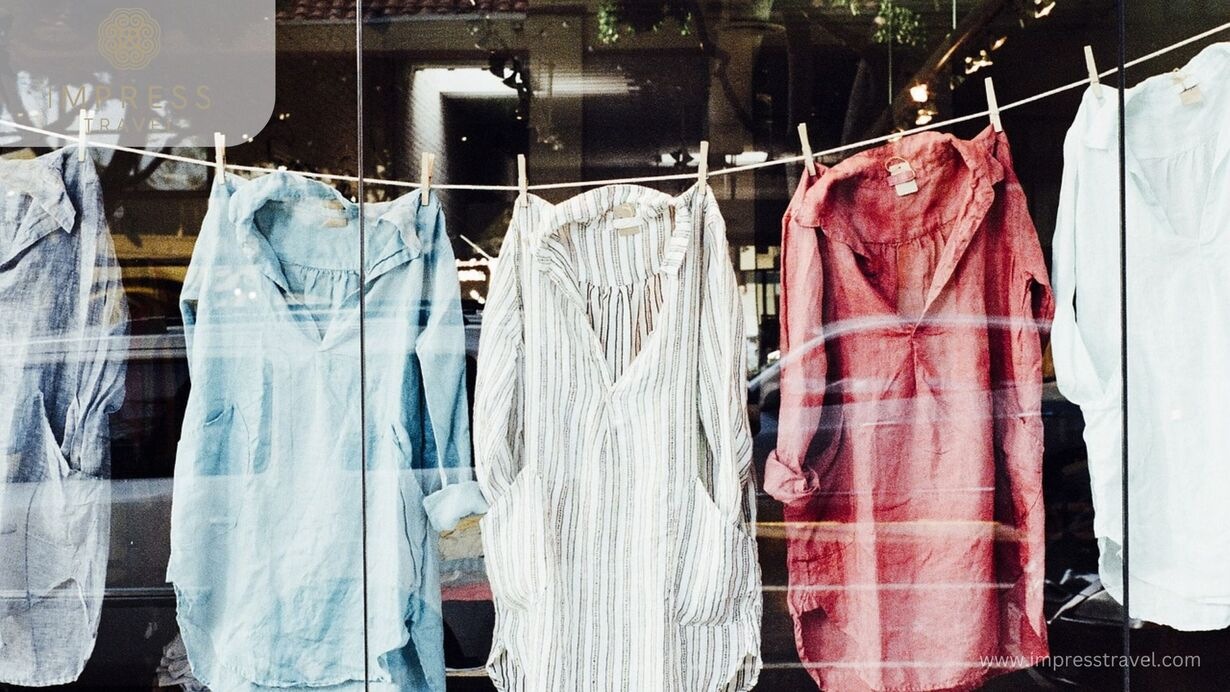
Cotton clothing
- Cotton: Opt for lightweight cotton, which is breathable and comfortable in hot weather.
- Linen: Linen is excellent for warm climates as it is lightweight and allows air to flow freely.
- Moisture-Wicking Fabrics: Synthetic fabrics like polyester blends designed to wick moisture away from the skin can help keep you dry and comfortable.
- Loose-Fitting Clothes: Clothes that are loose-fitting allow for better air circulation, helping to keep your body cool.
Should I bring high heels?
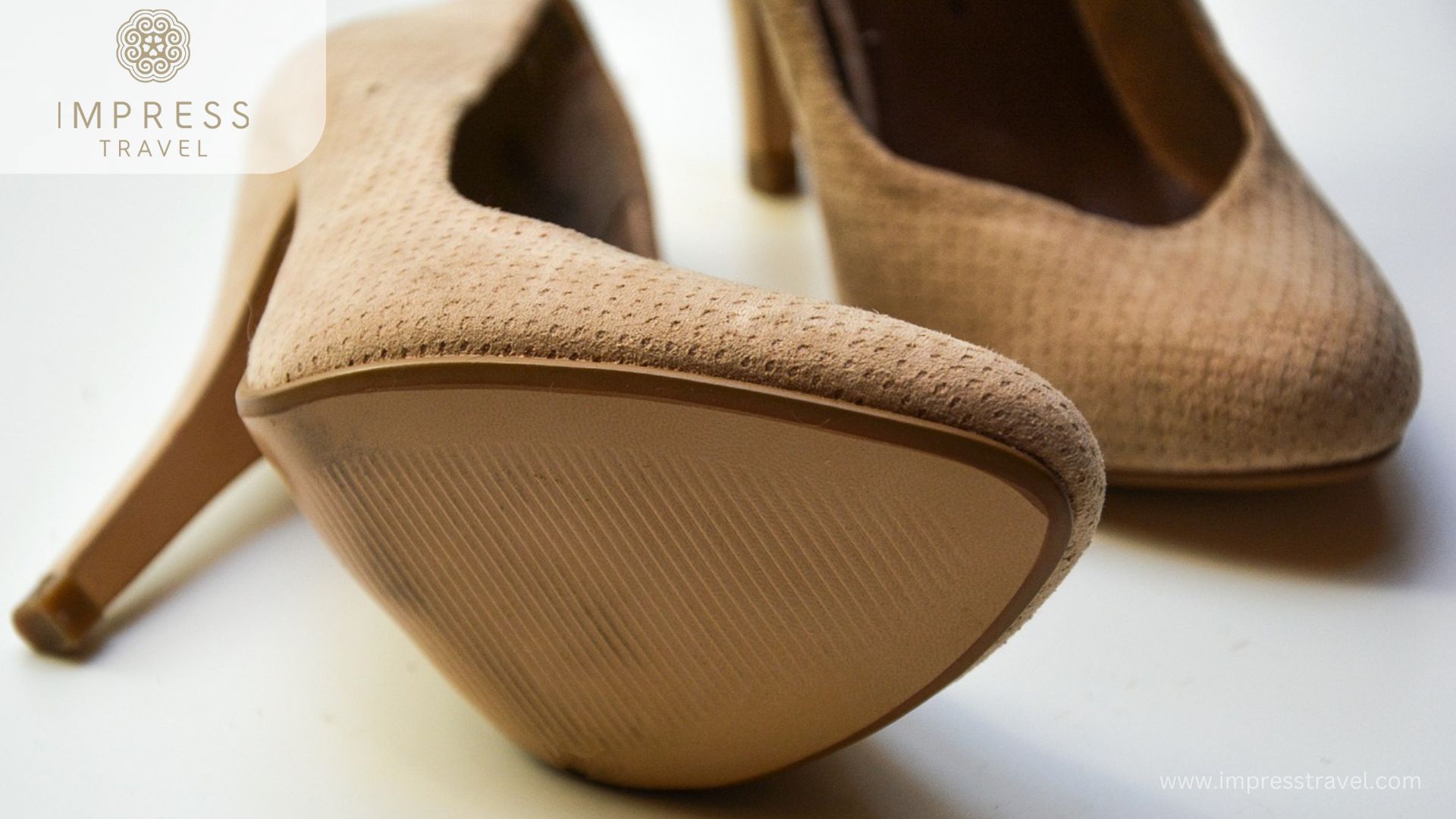
High heels
High heels refer to shoes where the heel is significantly elevated above the toes. They come in various styles, including stilettos, pumps, wedges, and platform heels. While high heels can add a fashionable touch to an outfit, they can be impractical and uncomfortable in many situations to wear, especially when traveling in a city like Hanoi.
Examples of High Heels:
- Stilettos: Shoes with a very thin, high heel.
- Pumps: Classic dress shoes with a medium to high heel to wear
- Wedges: Shoes with a heel that runs under the entire foot, providing more stability.
- Platform Heels: Shoes with a thick sole at the front as well as a high heel at the back.
Why you should not wear:
- Practicality: Hanoi’s streets can be uneven, with many areas having cobblestones, narrow sidewalks, and bustling markets. High heels can make navigating these areas difficult and uncomfortable to wear.
- Comfort: With so much to see and do, you’ll likely be walking a lot. Comfortable, flat shoes or sandals are a better choice to keep your feet happy.
You should bring comfortable shoes in Hanoi:
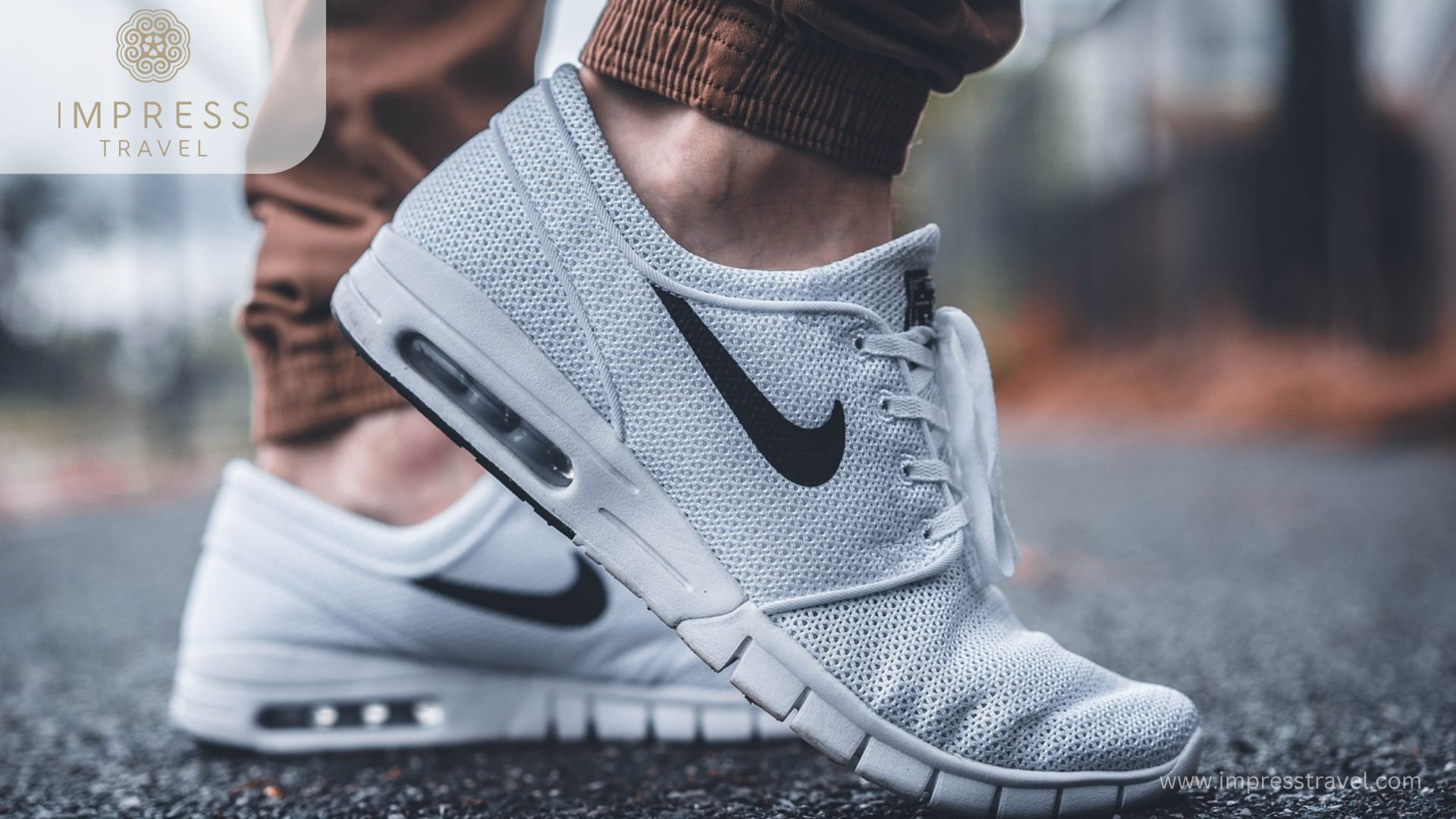
Comfortable shoes
- Flat Shoes: Opt for flats, sandals, or sneakers that provide comfort and support.
- Arch Support: Choose shoes with good arch support to prevent foot fatigue.
- Breathable Materials: Look for shoes made from breathable materials to keep your feet cool in Hanoi’s humid climate.
- Adjustable Straps: Shoes with adjustable straps can provide a better fit and added comfort.
Expensive Jewelry or Accessories
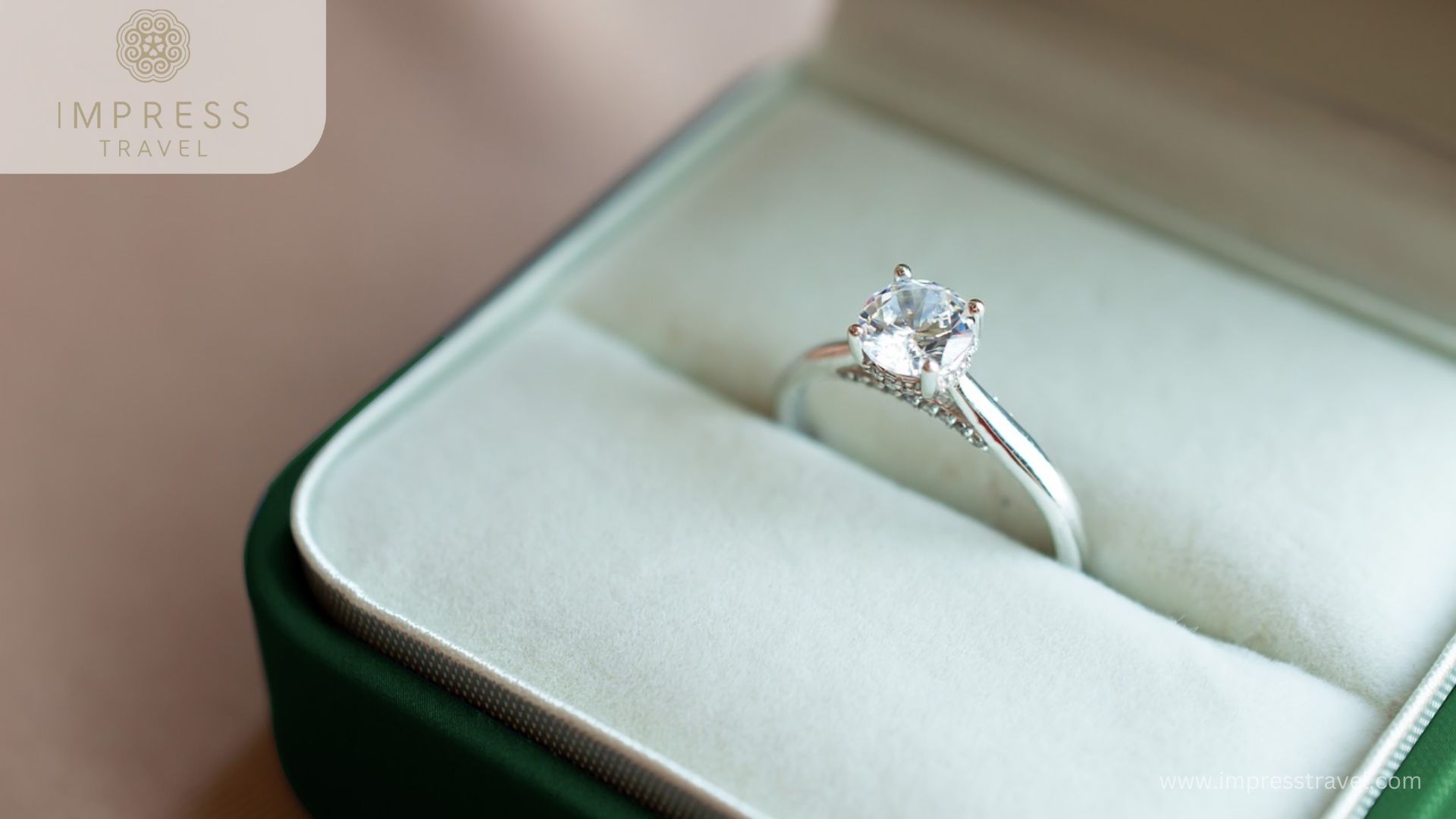
Jewelry
Expensive jewelry or accessories refer to items that are valuable and often made from precious metals, gemstones, or other high-value materials. These can include watches, rings, necklaces, bracelets, earrings, and other adornments that have significant monetary worth. While these items can enhance an outfit, wearing them in certain situations, especially when traveling, can pose risks. For example:
- Diamond Rings and Earrings: Items with high-value gemstones.
- Gold and Platinum Jewelry: Necklaces, bracelets, and other pieces made from precious metals.
- Luxury Watches: High-end brands such as Rolex, Omega, or Patek Philippe.
- Designer Accessories: Items like handbags, belts, and sunglasses from luxury fashion brands.
Why you should not wear:
- Safety Concerns: Wear flashy or expensive jewelry can make you a target for theft. It’s best to leave valuable items at home or in your hotel safe.
- Simplicity: Traveling light and keeping your accessories simple can help you enjoy your trip without worrying about losing or damaging valuable items.
Tips for Traveling with Jewelry and Accessories:
- Minimalism: Bring only what you need and avoid carrying your most valuable pieces.
- Secure Storage: Use hotel safes to store valuable items when not in use.
- Discreet Choices: Opt for simple and less conspicuous accessories that do not attract attention.
- Travel Insurance: Ensure that your travel insurance covers lost or stolen jewelry.
- Fake Alternatives: Consider to wear less expensive or imitation pieces that still look stylish but do not have significant monetary value.
Avoid wearing bright and flashy colors clothes
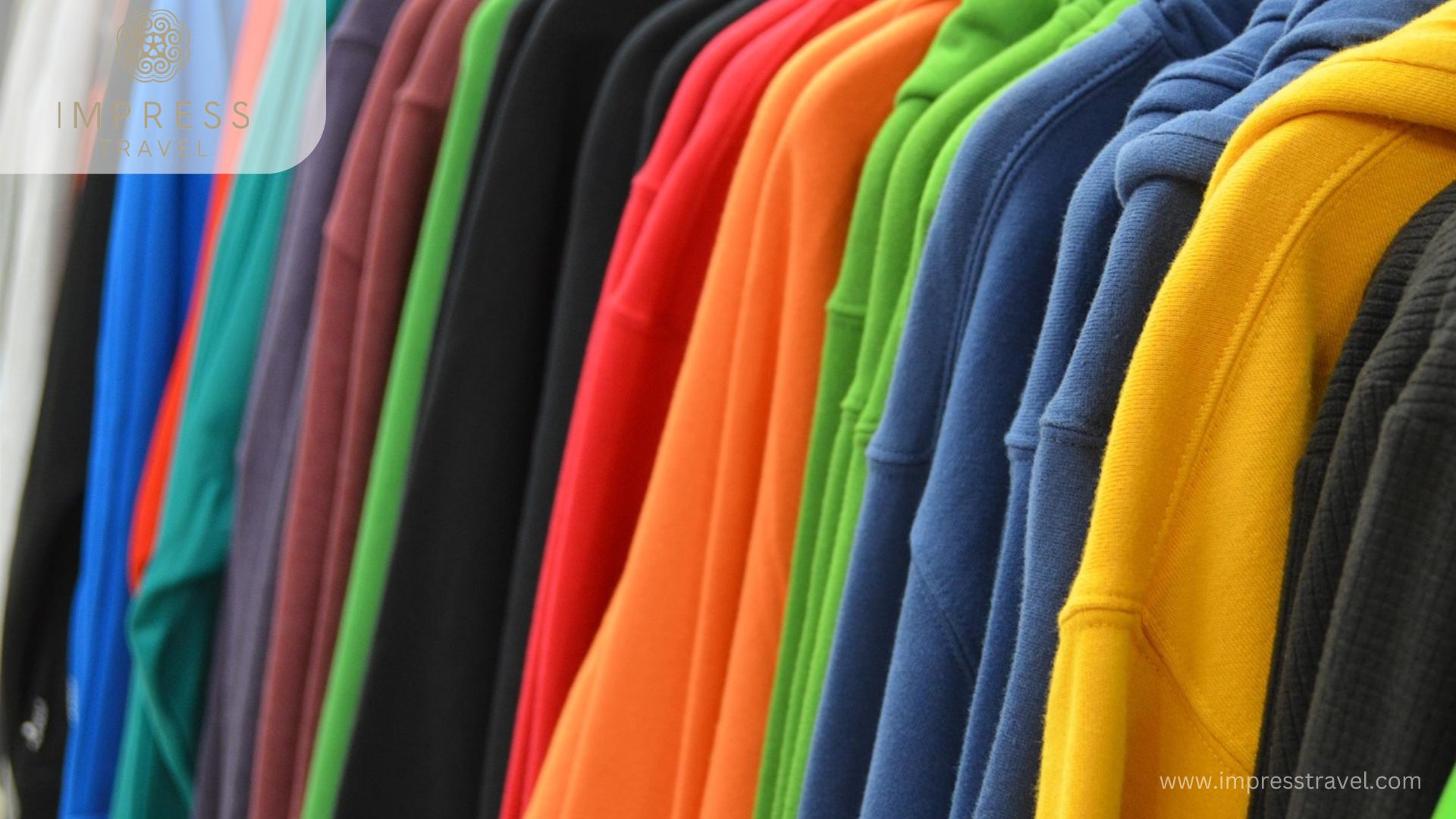
Colorful clothes
Bright and flashy colors refer to garments that are very vivid, eye-catching, and sometimes neon in hue. These colors can be visually striking and are often used to make a bold fashion statement. While these colors can be fun and expressive, they might not be suitable for all occasions and settings, especially when traveling in a culturally rich and traditional city like Hanoi. For example:
- Neon Colors: Extremely bright hues such as neon green, pink, orange, and yellow.
- Bold Primary Colors: Vivid shades of red, blue, and yellow that stand out prominently.
- Metallics: Shiny fabrics like gold, silver, and other metallic tones that reflect a lot of light.
- Patterns with Bright Contrasts: Clothes with bold, contrasting patterns that are visually striking to wear
Tips for Choosing Appropriate Colors in Hanoi:
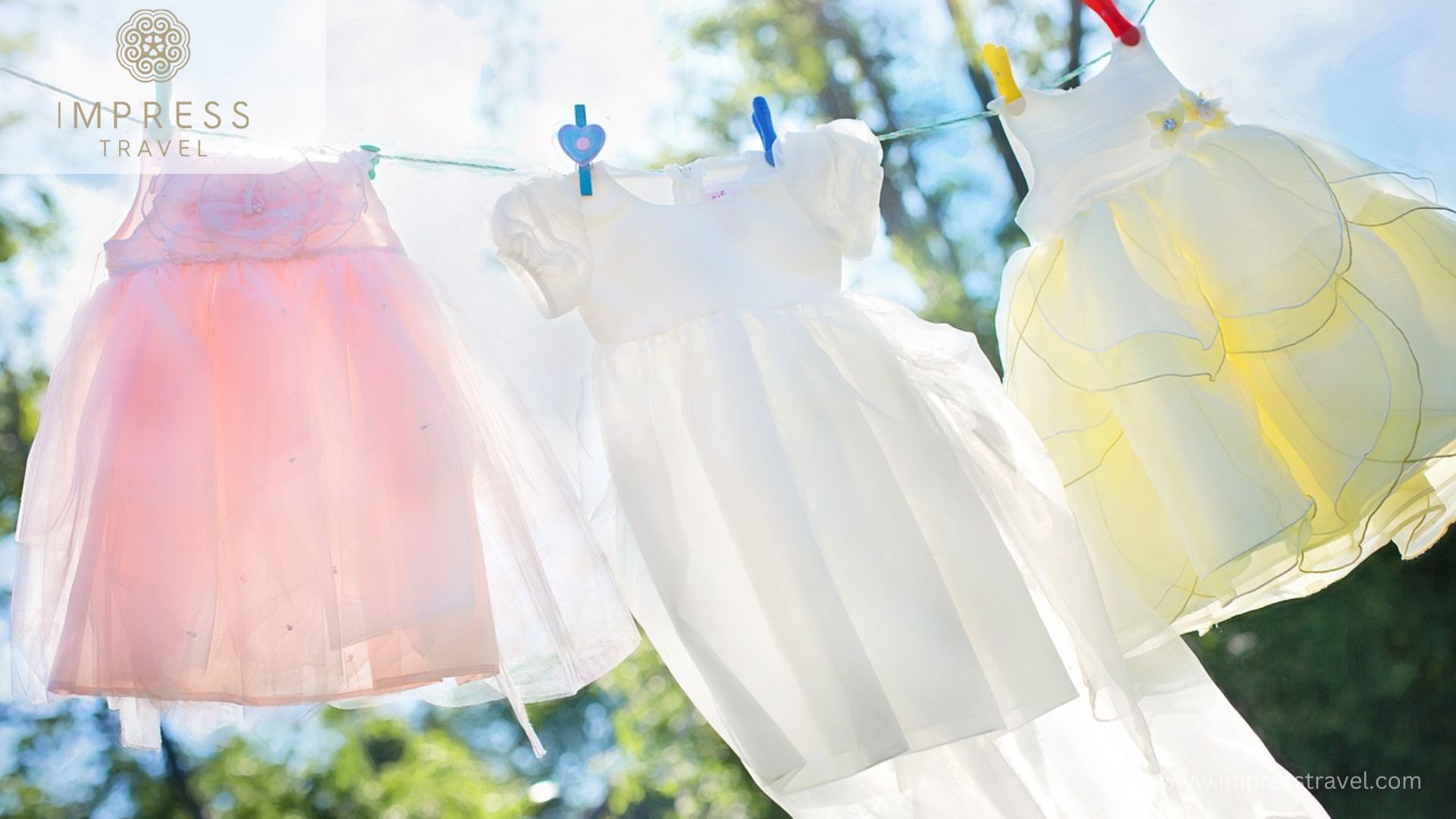
Pastel clothes
- Neutral and Earth Tones: Colors like beige, brown, grey, and muted greens and blues are versatile and appropriate for most settings.
- Pastel Shades: Light pastel colors are soft, visually appealing, and more suitable for warm climates.
- Cultural Sensitivity: Research local customs and dress codes to ensure your attire is respectful and appropriate.
- Mix and Match: Combine a few bright pieces with neutral items to create a balanced and stylish look without overwhelming your outfit.
Why you should not wear:
- Cultural Respect: In some cultural or religious settings, bright and flashy colors may be seen as disrespectful or inappropriate. Neutral or muted tones are generally safer choices.
- Blend In: Wear more subdued colors can help you blend in with the locals, making your experience more immersive and less tourist-like.
Conclusion
When visiting Hanoi, dressing appropriately is not just about comfort but also about showing respect for the local culture and traditions. Avoiding revealing clothing, heavy fabrics, high heels, expensive accessories, bright colors, and inappropriate attire for religious sites will help ensure a pleasant and respectful experience. By following these guidelines, you’ll be able to enjoy the beauty and history of Hanoi while respecting its cultural norms.
Remember, dressing appropriately not only enhances your experience but also demonstrates respect for the local culture, making your visit to Hanoi more meaningful and enjoyable to wear.
Don’t forget to regularly follow our Facebook page and Website for more interesting information about travelling to Hanoi and to book Hanoi tours at the best prices.









































